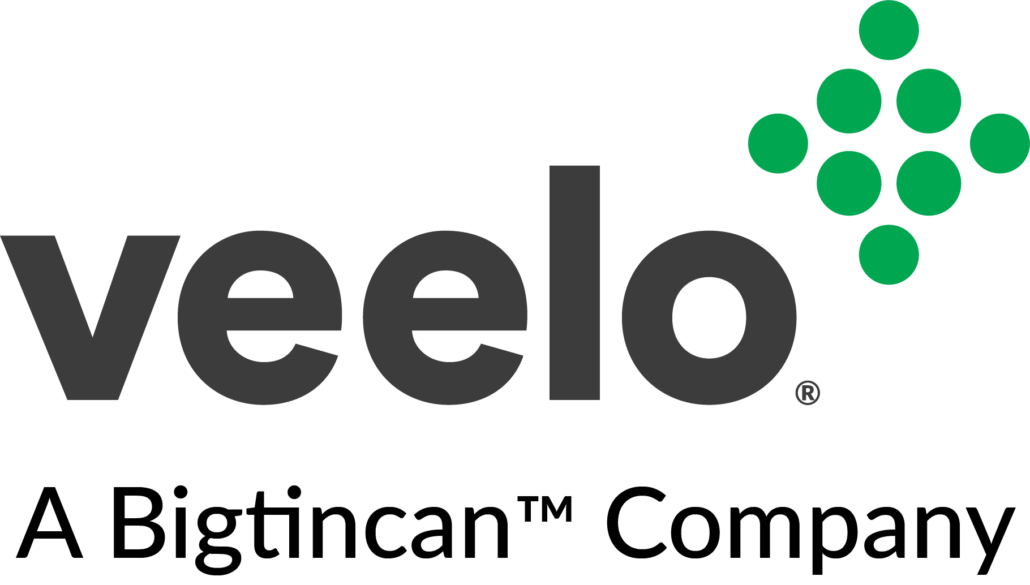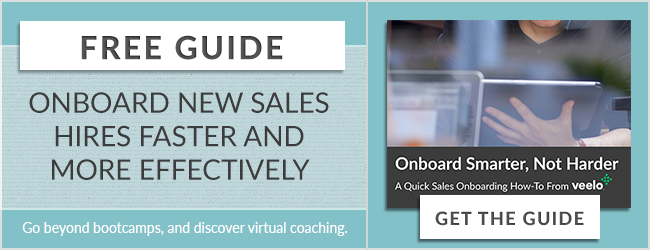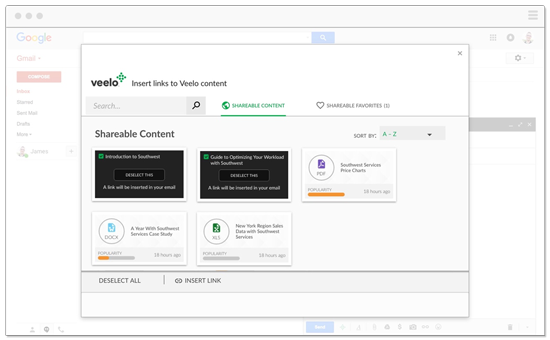Four Step Process to Measure Sales Content ROI
Most B2B marketers struggle with the measurement of their sales content ROI. Lots of content gets created and tossed into some sort of content repository. Does it get used? According to Sirius Decisions, only 30% of marketing content created is actually used by sales. Wow. Don’t tell the CFO. That is a lot of wasted time and money. Now, it’s probably not that all your content is bad. Chances are you have good content, but no one in sales can find it, and let’s be honest, they don’t have the time to go searching for. Solving the problem is no easy task, but here is a 4-step process you can follow to begin improving and tracking your sales content ROI.
1. How much / what content
First, start with an honest look in the mirror and ask yourself how much content your sellers truly need. Also take a close look at length and detail. Most sales collateral should quickly convey the key message and value. 50 page documents are rarely useful to anyone other than as a reference document. Probably the most important thing to look at is do you have content for each of your sales stages. As your reps move from discovery to evaluation and eventually to the close, the content needs to be changed. Are you arming your reps at every stage? (hint: most companies don’t)
2. Content usage
After you put your content on a diet, it’s time to move to the next phase: Usage. Chances are, the more content is used by sales, the more valuable it is. If something is never downloaded by sales, it’s either impossible to find, or it’s not good. Use technology to help you track content usage and get rid of 50-60% of it.
3. Feedback – what works?
Usage data surely be a part of your sales content ROI equations, but to take your content to the next level, wouldn’t it be helpful if you could figure out why something is or is not working? Also, you probably have content that is good but could be taken to the next level with a little advice. Some companies that we work with here at Veelo allow their sellers to rate their content with a 5-star scale. Anything below 3 star gets a detailed evaluation and either gets improved on eliminated. Allowing sales reps to provide comments and suggestions can be useful as well. You’ll hear directly from the people using your content in front of customers.
4. Empirical data – what moves deals?
The final stage represents the “holy grail” of measuring sales content ROI. Which content moves deals through your sales stages? Which content helps shorten sales cycles? Which content closes deals? This data is not only extremely beneficial to marketers creating the content, but also to the sales reps themselves. As reps have success using certain pieces of content, it’s easy to then propagate the best practices to other reps. Everyone can benefit. To reach this 4th and final stage, technology is a must have. The ROI from making the investment in technology can be quick and large. Shorten sales cycles, better equip your reps, eliminate marketing content waste and much more are tangible benefits you can proudly show your CFO.
Regardless of which stage your company is at, it should be the goal of every organization to improve its sales content ROI. You don’t need to tackle it all at once. Set a plan. Take it one step at a time. Achieve small wins along your journey to the “holy grail” and in no time you’ll be proudly bragging about the value you are delivering through your sales content.

 Veelo’s VP of Marketing, Brian Fravel titled “
Veelo’s VP of Marketing, Brian Fravel titled “

